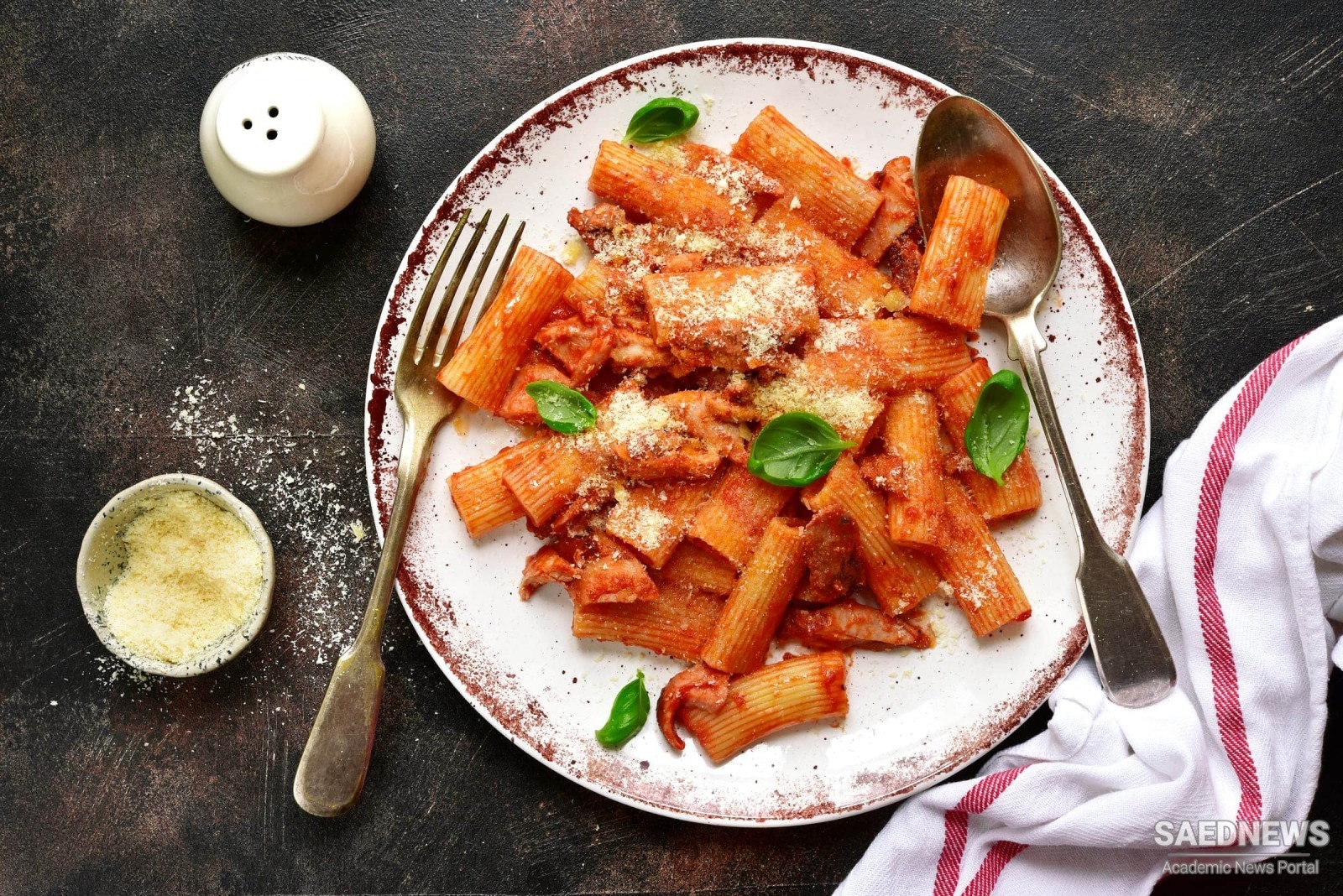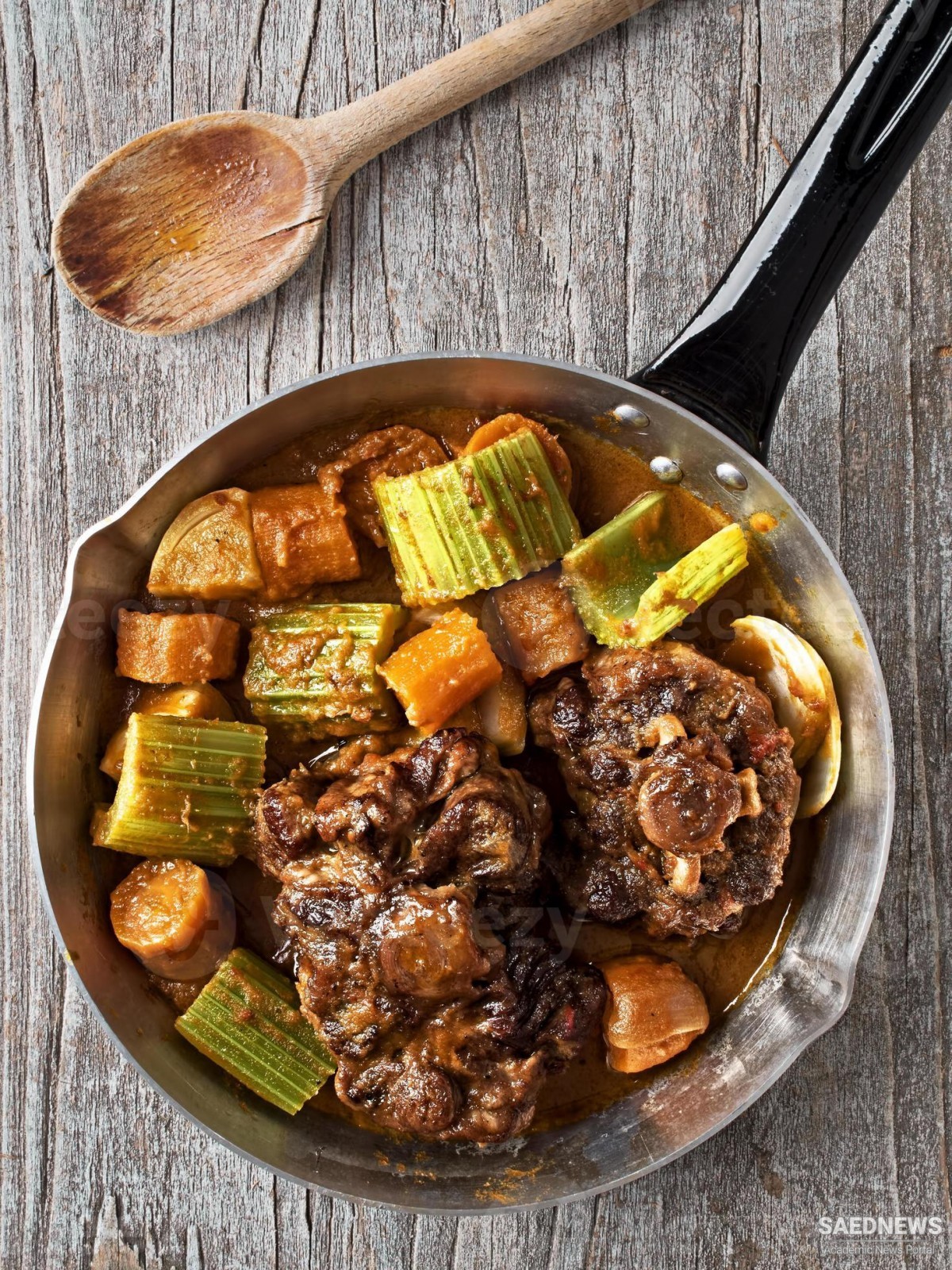Dishes such as coda di bue (stewed oxtails) or pagliata con pomodoro (pieces of veal intestine stewed in tomato sauce) showcase their use of offal. The emblematic Jewish-Roman offal dish, though, is perhaps fried brains or lamb innards with carciofi (artichokes), another hallmark of Ghetto cuisine that come served in several guises, either complementing meat or on their own, deep-fried, in carciofi alla giudia, (Jewish-style artichokes). Seasoned only with salt and a little pepper, eating deepfried artichoke feels like an obscene adventure, an act of unclothing your food. Start by peeling away the crisp, caramel-coloured outer petals – almost thistly in texture – working inwards to reveal the tender white heart. Jacob Kenedy’s well-loved recipe for Jewish artichokes is shared here, so have your deep-fryer at the ready.
Deep-frying doesn’t stop at artichokes in the Ghetto: fritto misto, courgette blossoms and baccalà are all favourite beneficiaries of the technique. Lastly – and as I write this I am eating a piece of challah (sweet bread of the Jewish Sabbath) bought in Golders Green – bakeries are a major feature of the Roman Ghetto. One in particular, Boccione Limentani on Via di Portico Ottavia, is an institution and serves all sorts of delicious things such as shortcrust pies stuffed with ricotta, treccia (a Friday treat of plaited pastry with cherries and sugar) and honey pizzarelle (unleavened fritters made with matzo meal, raisins and honey) for Passover.
Roman-Jewish cuisine stands apart yet blends in with the city’s broader culinary traditions all at once. It has been said that Ghetto food doesn’t so much adhere to Jewish culinary traditions as take inspiration from them, as well as from Ancient Roman cuisine – the Jews pre-date Christianity’s arrival in the city, after all. George Eliot called Rome ‘the city of visible history’, and she was right – the plates, platters and pans of Roman kitchens display a rich and varied history. The same goes for Lazio as a whole; the region is Italy’s interface between north and south and accommodates the cosmopolitanism of its capital city with its rural nooks, sporting their own microcuisines. Lazio’s cooking always offers new territory to explore, whether it’s a simple and nourishing pasta e ceci soup or whole fried artichokes, recipes for both of which are included below.



 Pasta, Roman Cuisine and Unforgettable Taste of Italian Food
Pasta, Roman Cuisine and Unforgettable Taste of Italian Food














































